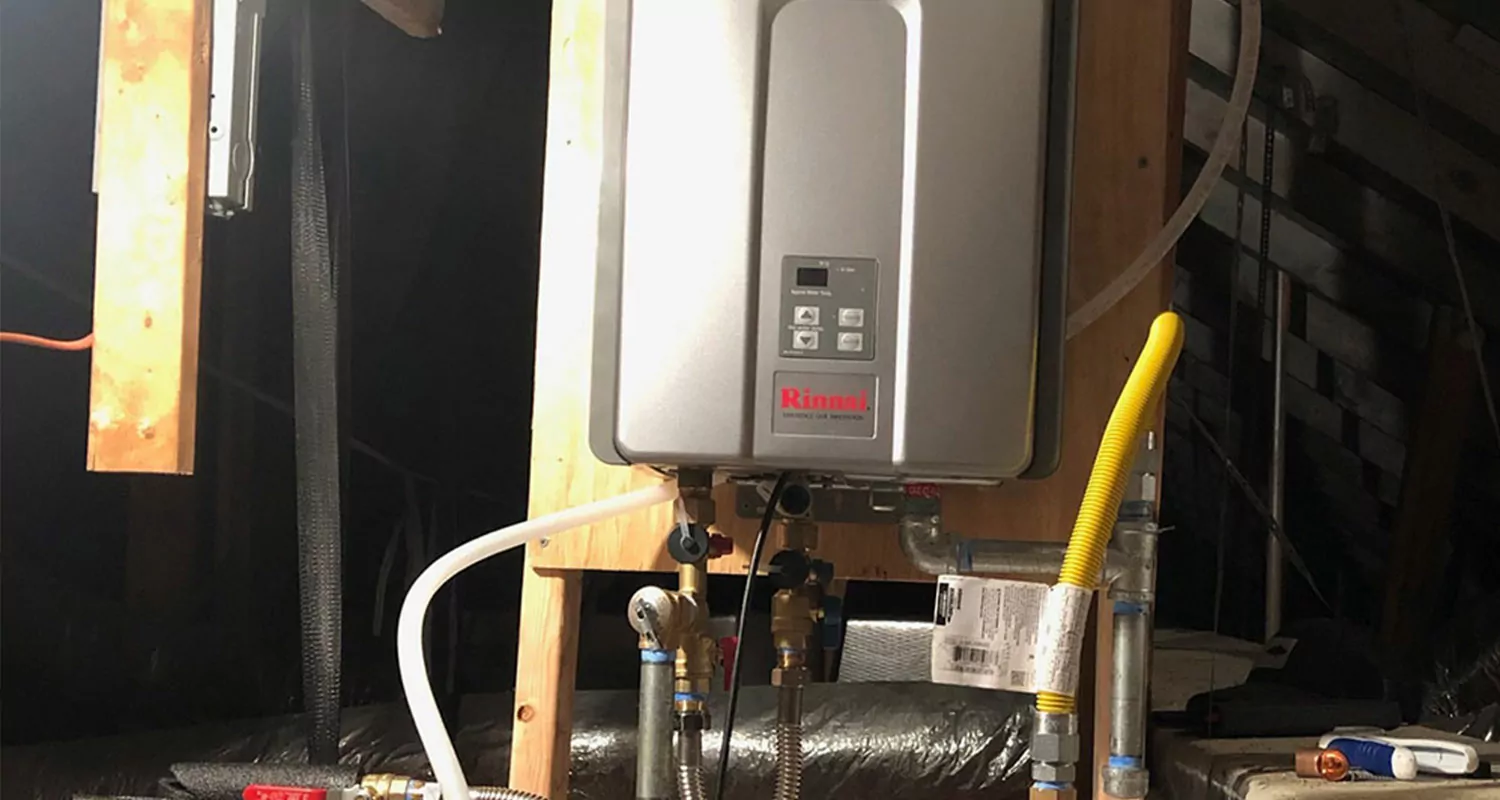How to Maintain Your Home's Hot Water System Effectively
Click HereWe've found the article about Water Heater Maintenance Tips You Can't Afford to Forget listed below on the net and figured it made good sense to quickly share it with you over here.

Warm water is necessary for everyday comfort, whether it's for a refreshing shower or washing dishes. To ensure your warm water system runs successfully and lasts longer, regular upkeep is vital. This short article offers useful pointers and understandings on just how to preserve your home's hot water system to avoid disruptions and pricey repair work.
Introduction
Maintaining your home's hot water system could appear complicated, however with a few simple actions, you can ensure it runs smoothly for years to find. This guide covers everything from understanding your hot water system to DIY upkeep suggestions and knowing when to call specialist assistance.
Importance of Keeping Your Hot Water System
Regular upkeep not only extends the life-span of your warm water system yet additionally ensures it operates successfully. Ignoring upkeep can result in lowered performance, higher energy costs, and also premature failure of the system.
Signs Your Warm Water System Requirements Maintenance
Knowing when your warm water system requires interest can avoid major problems. Look out for indicators such as irregular water temperature, strange sounds from the heating unit, or rusty water.
Recognizing Your Warm Water System
Before diving right into upkeep tasks, it's practical to understand the standard parts of your hot water system. Typically, this consists of the hot water heater itself, pipelines, anode rods, and temperature level controls.
Month-to-month Maintenance Tasks
Normal regular monthly checks can help capture small issues prior to they escalate.
Purging the Water Heater
Flushing your hot water heater removes debris accumulation, improving performance and extending its life.
Monitoring and Replacing Anode Rods
Anode poles prevent rust inside the container. Inspecting and changing them when worn is critical.
Inspecting and Changing Temperature Level Settings
Changing the temperature level settings makes sure ideal efficiency and safety.
Do It Yourself Tips for Upkeep
You can perform a number of upkeep tasks yourself to maintain your hot water system in leading problem.
Checking for Leaks
Routinely check pipes and links for leakages, as these can lead to water damage and greater costs.
Testing Stress Alleviation Valves
Checking the pressure relief valve ensures it operates properly and avoids excessive stress build-up.
Shielding Pipes
Protecting hot water pipelines lowers warmth loss and can conserve power.
When to Call an Expert
While DIY upkeep is valuable, some concerns need specialist know-how.
Complex Issues Requiring Professional Aid
Examples consist of significant leakages, electric troubles, or if your hot water heater is continually underperforming.
Routine Specialist Upkeep Conveniences
Specialist upkeep can consist of thorough examinations, tune-ups, and ensuring conformity with safety and security criteria.
Verdict
Regular upkeep of your home's warm water system is important for efficiency, longevity, and cost savings. By adhering to these ideas and understanding when to look for expert help, you can ensure a trustworthy supply of hot water without unexpected disturbances.
How to Maintain an Instant Hot Water Heater
Before tinkering with your hot water heater, make sure that it’s not powered on. You also have to turn off the main circuit breaker and shut off the main gas line to prevent accidents. Also turn off the water valves connected to your unit to prevent water from flowing into and out of the appliance. 2. When you’re done, you have to detach the purge valves’ caps. These look like the letter “T†and are situated on either side of the water valves. Doing so will release any pressure that has accumulated inside the valves while at the same time avoid hot water from shooting out and burning your skin. 3. When the purge valves’ caps are removed, you have to connect your hosing lines to the valves. Your unit should have come with three hoses but if it didn’t, you can purchase these things from any hardware or home repair shops. You can also get them from retail stores that sell water heating systems. Read the user’s manual and follow it to complete this task properly. When the hosing lines are connected, open the purge port’s valves. 4. You should never use harsh chemical cleaners or solutions when cleaning your unit. Make use of white vinegar instead. It should be undiluted and you’ll probably use about 2 gallons. 5. Now flush your water heater. This task should probably take about 40 minutes. We can’t give you specific directions for this because the procedure is carried out depending on the type, model and brand of your heater. With that being said, refer to the user’s manual. 6. When you’re done draining the unit, you have to turn off the purge port valves again. Remove the hosing lines that you earlier installed on each of the water valves. Put the valve caps (purge port) back in their respective places and be very careful so as not to damage the rubber discs that are found inside these caps. 7. Now that everything’s back in place, check your user’s manual again to find out how to reactivate your water heating system. 8. Once it is working, turn one of your hot water faucets on just to let air pass through the heater’s water supply pipes. Leave the tap on until water flows smoothly out of it. https://www.orrplumbing.com/blog/2014/september/how-to-maintain-an-instant-hot-water-heater/

Do you enjoy reading about Tips For Maintaining Your Hot Water Heater? Try leaving a review down the page. We will be happy to see your responses about this blog. Hoping that you visit us again before long. Loved our blog entry? Please share it. Help other people locate it. We treasure reading our article about How to Maintain a Hot Water Heater in a Few Simple Steps.
Call Today